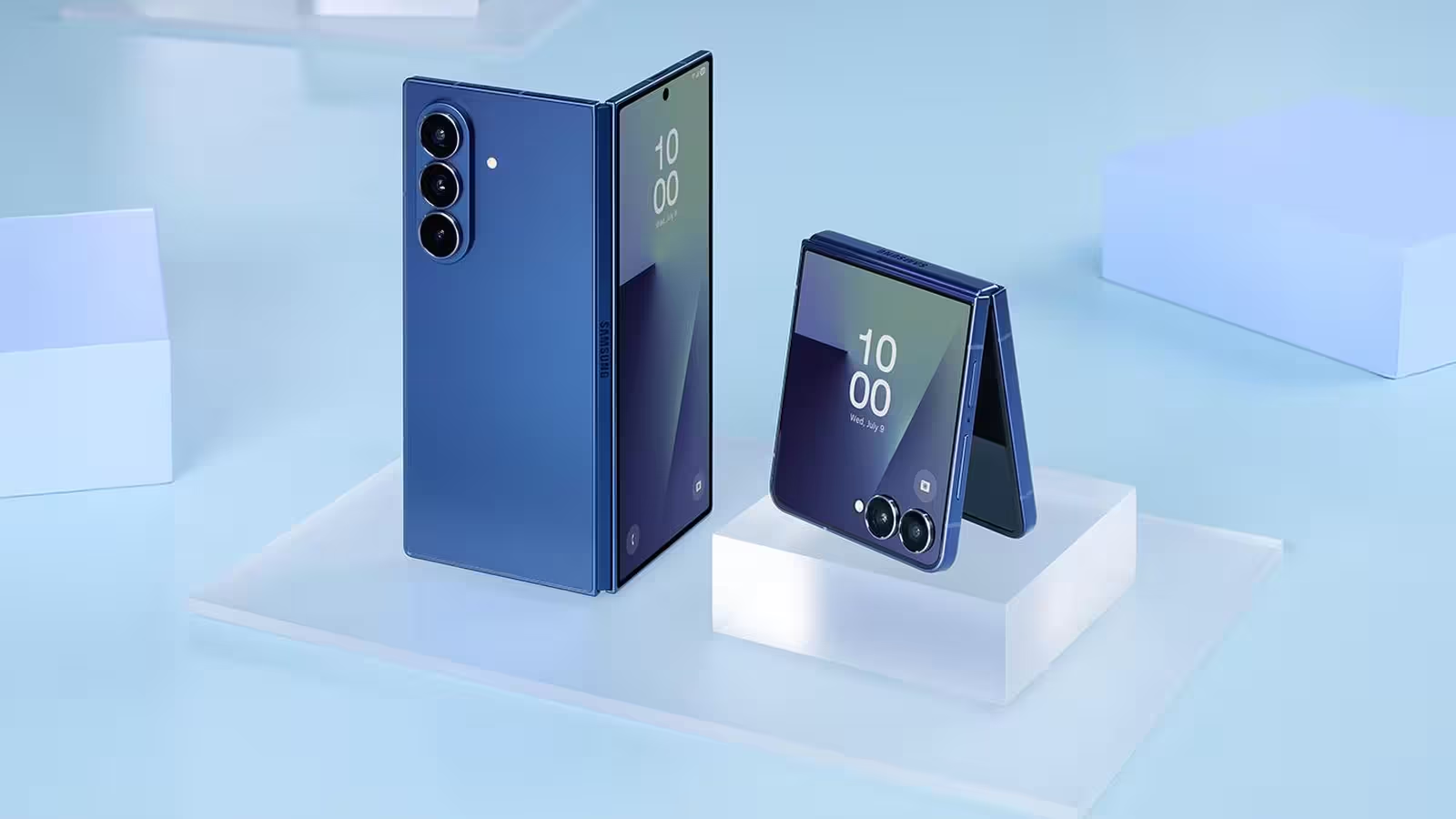4 Minutes
Samsung Finally Delivers Ultra-Thin Foldable Phones: Galaxy Z Fold 7 and Flip 7 Explained
For years, Samsung's foldable smartphones were often criticized for their bulkier builds, especially as rivals like Honor and OPPO showcased models that felt as slim and sleek as traditional smartphones. With the official introduction of the Galaxy Z Fold 7 and Galaxy Z Flip 7, Samsung is rewriting the narrative, matching – and even surpassing – competitors in thinness and innovation. Let's take an in-depth look at the engineering breakthroughs behind Samsung's thinnest foldables to date.
The Galaxy Z Fold 7: Redefining Slim Foldable Design
One of the most exciting advancements in the Galaxy Z Fold 7 is its dramatic reduction in dimensions. Now measuring just 8.9 mm when closed and a mere 4.2 mm when open, the Fold 7 is almost half the thickness of the original Galaxy Fold. The wider 21:9 aspect ratio not only enhances the viewing experience but also makes the device feel more comfortable and natural to hold – a welcome shift for power users and one-handed operation.
Revolutionary Hinge Innovation
A cornerstone of the Z Fold 7's new profile is the third-generation Armour FlexHinge. Samsung's engineers have managed to slim down the hinge by 27% in thickness and 43% in weight, separating rotating and supporting components for added stability and compactness. Advanced alloy materials ensure greater strength, enabling the foldable display to lay flatter and more reliably in both open and closed states.
Galaxy Z Flip 7: Svelte, Compact, and Feature-Packed
The Galaxy Z Flip 7 has also received a significant redesign, boasting a profile of just 6.5 mm when open and 13.7 mm closed. By optimizing internal architecture, including a downsized motherboard and a higher energy-density battery, Samsung not only shaved down the device's thickness but also increased its capacity by 300 mAh.
Slimmer Hinge and Enhanced Flexibility
The hinge mechanism on the Flip 7 is now 29% thinner compared to its predecessor, the Flip 6, yet it retains the acclaimed Flex Mode functionality. Users benefit from a dramatically reduced bezel on the cover display (down by 68%), creating an edge-to-edge appearance that feels decidedly futuristic. The camera's repositioning into the corner further balances aesthetics and usability.
Durability Meets Elegance: Stronger, More Resilient Materials
Samsung didn't just focus on slimming down – the new foldables are tougher, too. The Fold 7 and Flip 7 feature a fortified Ultra Thin Glass, with greater thickness to reduce the crease's visibility and maintain a smooth touch experience. Crucially, titanium now reinforces the panel's lattice structure, replacing previous carbon fiber components for superior strength.
Inside the OLED stack, a newly developed high-elasticity adhesive enables the screen to recover from pressure and repeated folding faster than before, contributing to long-term durability and user satisfaction.
Infusing Advanced Materials Throughout
In another first, the Fold 7 debuts Gorilla Glass Ceramic 2 on its front cover, a material rated 30% stronger than previous glass versions. Samsung has also introduced Advanced Armour Aluminum for the frame and hinge cover, delivering a 10% boost in strength compared to the Galaxy Z Fold 6.
Next-Generation Cameras Without the Bulk
Perhaps most impressive is the Galaxy Z Fold 7's 200MP wide camera – marking a first in Samsung's foldable lineup. Engineers reimagined the camera module after thousands of simulations, arriving at a design that supports flagship-quality imagery within the confines of a thinner frame. The Flip 7 benefits from a smaller, reengineered camera component too, utilizing a ultra-compact actuator for speedy autofocus without sacrificing form factor.
How Samsung’s Ultra-Thin Foldables Stack Up Against Competitors
With these next-generation engineering feats, Samsung's latest foldables now compete head-to-head with ultra-thin rivals like the Honor Magic V3 and OPPO Find N5. Consumers seeking premium foldable phones will find the new Galaxy Z Fold 7 and Flip 7 leading the pack in both design elegance and functional performance.
Market Impact and Use Case Scenarios
These thinner, lighter, and stronger devices are poised to make foldables the mainstream choice for both business productivity users and mobile enthusiasts. The Fold 7’s productivity-focused form factor and the Flip 7’s compact versatility open up new use cases, from immersive multitasking to creative mobile photography.
All things considered, Samsung’s relentless focus on material innovation, hinge technology, and user experience signals a pivotal shift in the foldables market, finally placing the brand at the forefront of thin and durable smartphone engineering.
Source: news.samsung



Comments